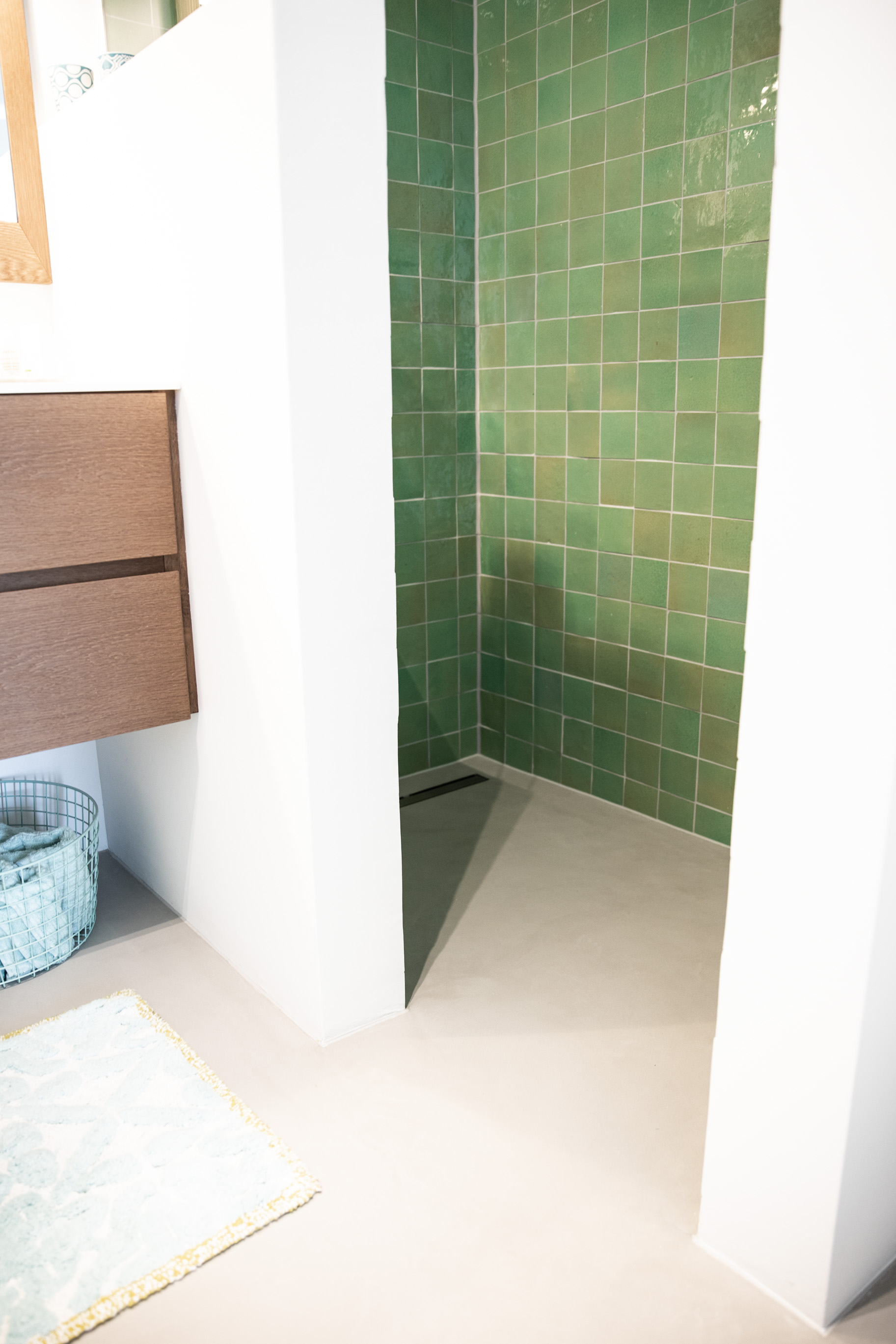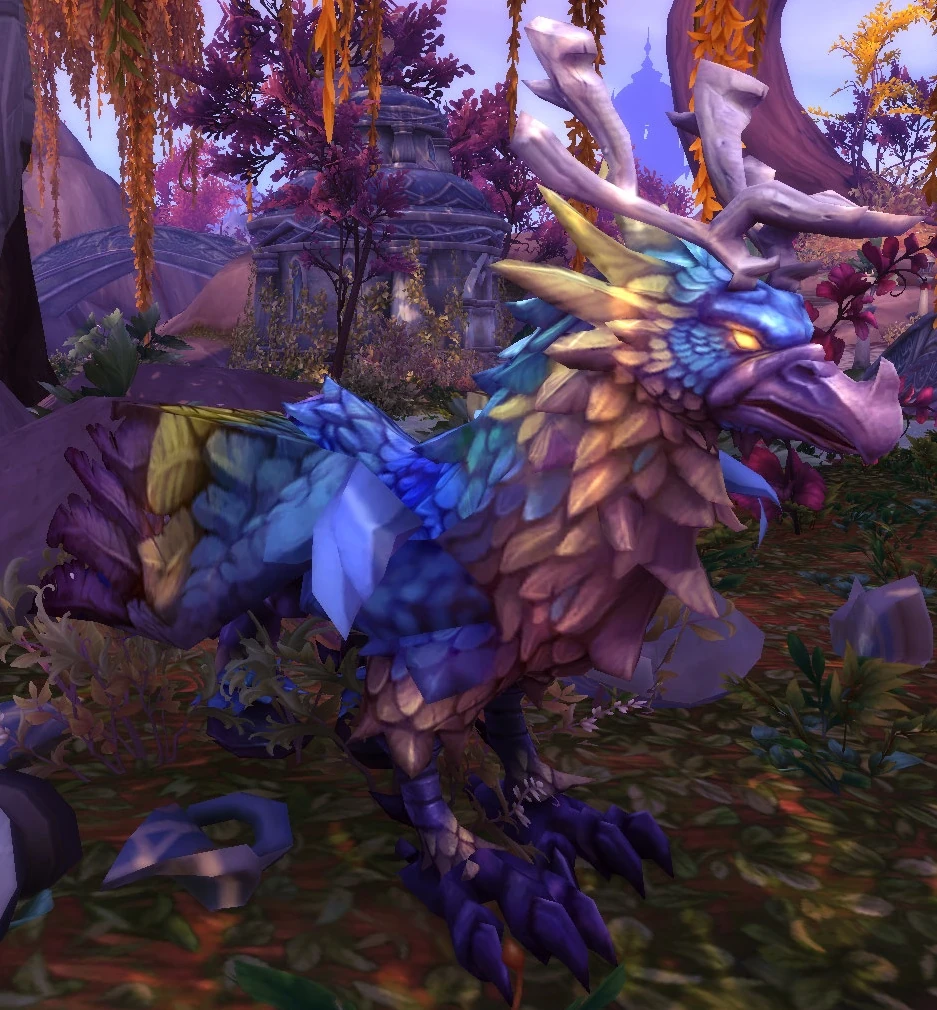| Cloudwing | |
|---|---|
| Race | Dragonhawk (Beast) |
| Location | Krasus' Landing, Dalaran |
| Status | Alive |
| Companion(s) | Hira Snowdawn (master) |
Cloudwing is the dragonhawk mount of Hira Snowdawn. Sometimes when Hira is bored she will take Cloudwing for a lap around Krasus' Landing.
Notes


Master the art of medieval warcraft in this free-to-play tactical action MMO. Create a unique warlord from 10 different classes, and wage war in epic 15 v 15 siege battles. Cloudwing is the dragonhawk mount of Hira Snowdawn. Sometimes when Hira is bored she will take Cloudwing for a lap around Krasus' Landing.
The CLOUDWING Neck Pillow is a very great travel pillow,the material used is a very advanced technical miracle and designed especially for your neck, give you a comfortable sleep on the way by plane, train, or bus. When you are driving, working or studying, you need to sit for a long time.

- Cloudwing use the [Blue Dragonhawk] model, which is the Alliance reward for the [Mountain o' Mounts] achievement.
- Although called by name, Cloudwing is not directly named with an NPC.
| Tholymis tillarga | |
|---|---|
| male | |
| female | |
Least Concern (IUCN 3.1)[1] | |
| Scientific classification | |
| Kingdom: | Animalia |
| Phylum: | Arthropoda |
| Class: | Insecta |
| Order: | Odonata |
| Infraorder: | Anisoptera |
| Family: | Libellulidae |
| Genus: | Tholymis |
| Species: | |
| Binomial name | |
| Tholymis tillarga (Fabricius, 1798)[2] | |
| Synonyms | |
| |
Tholymis tillarga,[3] the coral-tailed cloudwing,[4][5] is a species of dragonfly in the family Libellulidae.[6] It is found from tropical West Africa to Asia, Australia and the Pacific Islands.[1][7][8][9][10] Common names include old world twister, evening skimmer, crepuscular darter, foggy-winged twister and twister.[1][11]
Cloudwings Wings Of Fire
Description and habitat[edit]
It is a medium sized dragonfly with reddish eyes, yellowish red thorax and coral red abdomen. Its wings are transparent; but hind wings have a golden-brown patch in the base, bordered by a cloudy-white patch. Female is brown and lacks the cloudy-white patch in the hind-wings.[12][13]
It is a migrant with a permanent presence in humid parts of the tropics. It breeds in standing water-bodies; and prefers weedy ponds, swamps and lakes. They are active at dusk and dawn, as well as during cloudy days.[12][4][5]
Gallery[edit]
Male showing white patches in wings
Male
Male flying
Young male with little colouring in his wings
Young male viewed from under
Young male
Young female
Young female
Adult female
Old female
Females without white patches in wings
Female wings
Male wings
See also[edit]
References[edit]
- ^ abcClausnitzer, V. (2016). 'Tholymis tillarga'. IUCN Red List of Threatened Species. 2016: e.T60048A83382535.
- ^Fabricius, J.C. (1798). Supplementum Entomologiae Systematicae (in Latin). Hafniae : Proft et Storch. pp. 573 [285]. doi:10.5962/bhl.title.65803 – via Biodiversity Heritage Library.
- ^Martin Schorr; Dennis Paulson. 'World Odonata List'. University of Puget Sound. Retrieved 12 Oct 2018.
- ^ ab'Tholymis tillarga Fabricius, 1798'. India Biodiversity Portal. Retrieved 2017-02-17.
- ^ ab'Tholymis tillarga Fabricius, 1798'. Odonata of India, v. 1.00. Indian Foundation for Butterflies. Retrieved 2017-02-17.
- ^'Species Tholymis tillarga (Fabricius, 1798)'. Australian Faunal Directory. Australian Biological Resources Study. 2012. Retrieved 26 February 2017.
- ^Wolfgang Schneider (1992). 'Anax tristis Hagen, 1867 (Aeshnidae) and Tholymis tillarga (Fabricius, 1798) (Libellulidae) recorded from off Angola'(PDF). Fragmenta Entomologica. 23 (2): 243–246.
- ^Theischinger, Gunther; Endersby, Ian (2009). Identification Guide to the Australian Odonata(PDF). Department of Environment, Climate Change and Water NSW. p. 239. ISBN978 1 74232 475 3.
- ^Watson, J.A.L.; Theischinger, G.; Abbey, H.M. (1991). The Australian Dragonflies: A Guide to the Identification, Distributions and Habitats of Australian Odonata. Melbourne: CSIRO. p. 278. ISBN0643051368.
- ^K.A., Subramanian; K.G., Emiliyamma; R., Babu; C., Radhakrishnan; S.S., Talmale (2018). Atlas of Odonata (Insecta) of the Western Ghats, India. Zoological Survey of India. pp. 381–382. ISBN9788181714954.
- ^Theischinger, G; Hawking, J (2006). The Complete Field Guide to Dragonflies of Australia. Collingwood Vic.: CSIRO Publishing. p. 288. ISBN978 0 64309 073 6.
- ^ abC FC Lt. Fraser (1936). The Fauna of British India, including Ceylon and Burma, Odonata Vol. III. Red Lion Court, Fleet Street, London: Taylor and Francis. pp. 411–413.
- ^C FC Lt. Fraser (1924). A Survey of the Odonate (Dragonfly) Fauna of Western India and Descriptions of Thirty New Species(PDF). pp. 443-442-443.
External links[edit]
Data related to Tholymis tillarga at Wikispecies
Media related to Tholymis tillarga at Wikimedia Commons
Cloudwing Hipp

Cloudwing Hippogryph
